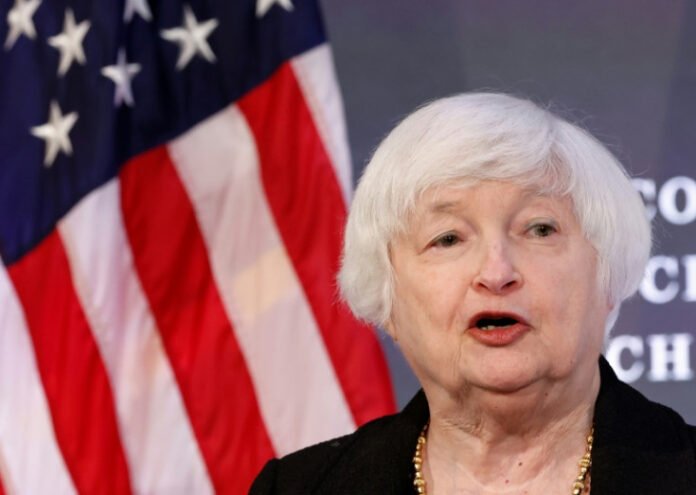AFP
The U.S. Treasury Department recovered more than $4 billion in fraud and prevented improper payments in fiscal year 2024, thanks to the use of advanced machine learning AI.
This year’s recovery of more than $4 billion is a threefold increase over the $652.7 million reported in FY 2023, thanks to the efforts of the Treasury Department’s Office of Payment Integrity (OPI) within the Bureau of the Fiscal Service to strengthen its fraud prevention capabilities.
According to a Treasury Department press release, the agency recovered $2.5 billion by identifying and prioritizing high-risk transactions, and recovered $1 billion by expediting the identification of Treasury check fraud with machine learning AI.
Additionally, $500 million was prevented through comprehensive risk-based screening, while efficiencies in payment processing schedules resulted in an additional $180 million in prevention.
“The Treasury Department takes seriously our responsibility to serve as effective stewards of taxpayers’ money. Ensuring that agencies pay the right person, in the right amount, at the right time is central to our efforts,” said Vice -Finance Secretary Wally Adeyemo.
“We have made significant progress in preventing more than $4 billion in fraudulent and improper payments over the past year. We will continue to work with others across the federal government to equip them with the necessary tools, data and expertise they need to stop improper payments. payments and fraud,” Adeyemo added.
The Treasury Department securely disburses approximately 1.4 billion payments worth more than $6.9 trillion annually to more than 100 million people. With a wide range of payments, such as Social Security and Medicaid benefits, federal employee paychecks, and tax refunds, the U.S. Treasury Department is a prime target for fraudsters.
According to British consultants Juniper Research, online payment fraud is expected to total more than $362 billion by 2028.
In addition to enhanced capabilities, Treasury is focused on establishing and strengthening partnerships with new and high-risk programs to increase access to and use of Treasury’s payment integrity solutions, including federally funded, state-administered programs.
In May 2024, the Treasury Department and the Department of Labor announced a data sharing partnership to provide state unemployment agencies with access to Do Not Pay Working System data resources and services through the Unemployment Insurance Integrity Data Hub.
As the Treasury Department follows the Internal Revenue Service (IRS) in deploying cutting-edge technology to generate budget profits, it has also committed to sharing its resources and insights with other federal agencies, NBC News reported.
Check fraud, whether issued by the government or private entities, remains a growing problem. Between February and August 2023 alone, chartered banks reported approximately $688 million in suspicious checking activity.
US officials have been quietly using AI to detect financial fraud since 2022. Treasury relies on machine learning, a subset of AI specifically designed to analyze large amounts of data. This technology excels at identifying subtle patterns and detecting potential fraud from the massive data sets, also in a fraction of the time it takes humans, CNN reported.
Experts say that once trained, advanced AI models can detect suspicious transactions in just a fraction of a second – just milliseconds. This is especially critical for the Treasury, which is one of the largest payers in the world.
“Fraudsters are very good at hiding. They secretly try to game the system,” Renata Miskell, a senior Treasury Department official, told CNN. “AI and leveraging data help us find these hidden patterns and anomalies and prevent them.”
Meanwhile, US officials have expressed concerns about the risks and challenges of AI in the financial system. Previously, Treasury Secretary Janet Yellen classified AI as an “emerging vulnerability” to the stability and security of the financial system and warned bankers of the “significant risks.”
While AI systems play a crucial role in identifying potentially fraudulent transactions, experts like Miskell emphasize that human oversight is still essential. AI can identify suspicious activity, but it is always a human who makes the final decision as to whether a transaction is indeed fraudulent.





